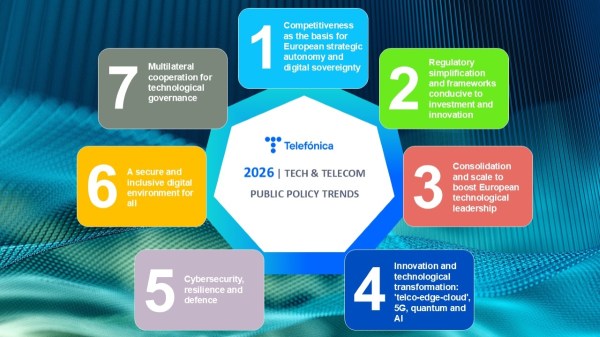Identifying these patterns helps business teams quickly visualise what AI can do for them, without needing to understand the technology in depth.
The six patterns
- Content generation: Automated creation of text, images, presentations, responses, reports, etc.
- Task automation: Use of AI to execute repetitive processes that previously required human intervention.
- Research and search: Quick retrieval of information, analysis of long documents or synthesis of complex content.
- Data analysis: Exploration, visualisation and generation of insights from large volumes of data.
- Coding (development): Support for technical tasks: writing code, reviewing, documenting, generating tests, etc.
- Ideation and strategy: Creative assistance: proposals, alternatives, planning, idea generation or strategic approaches.
‘These patterns are like building blocks. Almost all AI use cases that scale well combine one or more of them.’
To apply in discovery sessions
Using these six patterns as an exploration tool is very useful in workshops with functional areas. Question:
‘Which of your day-to-day tasks would fit into one of these patterns?’
This helps people ground ideas and better visualise the real capabilities of AI.
Don’t skip the basics: AI doesn’t do magic
One of the most powerful (and necessary) messages in the OpenAI guide is that AI does not implement itself. Its capabilities are often overestimated and the work required before, during and after the development of a use case is underestimated.
OpenAI makes it clear: ‘Many failures in AI are not about the model, but about poor problem definition, incomplete data, unclear processes, or low user adoption.’
What does it really take to make it work?
Realistic diagnosis
You need to truly understand the process and the data before applying AI. If you don’t know what is being done, how it is being done, and why, any model will be built on unstable ground.
Culture and leadership
Without support from leaders and a clear narrative of value, AI remains in pilot mode. It is key to explain the why, communicate transparently, and involve teams from the beginning.
Adoption, adoption, adoption
An AI system only has an impact if it is used. And for it to be used, it must be well integrated into the workflow, easy to use, and provide visible value. In addition, there must be training, support, and continuous evolution. The best solutions are those that ‘fit’ the user’s actual work, not the most technically advanced ones.
Measure the real impact
It is not enough for AI to work technically. You need to know if it is generating business value: savings, efficiency, improved experience, or new capabilities.
‘Having an accurate model is irrelevant if no one uses it or if it does not change anything in the operation.’
Reflection for real projects
Before building anything, answer the following questions:
- Is the problem clear?
- Do we have the data we need?
- Do we know who will use it?
- What will happen if it works? Who will adopt it?
AI is not a magic tool; it is a strategic capability that requires method, management and culture to work. And as we repeat in class:
‘Help AI, so AI can help you.’
Recommendations to get started today
The OpenAI guide concludes with a series of very practical recommendations for organisations to activate AI initiatives right away, without waiting for a perfect project or large resources.
The idea is to start small, validate value, build internal knowledge… and create a culture of responsible experimentation.
‘You don’t need to have everything figured out. You just need to have a clear problem, a hypothesis, and a way to test whether AI can help you.’








